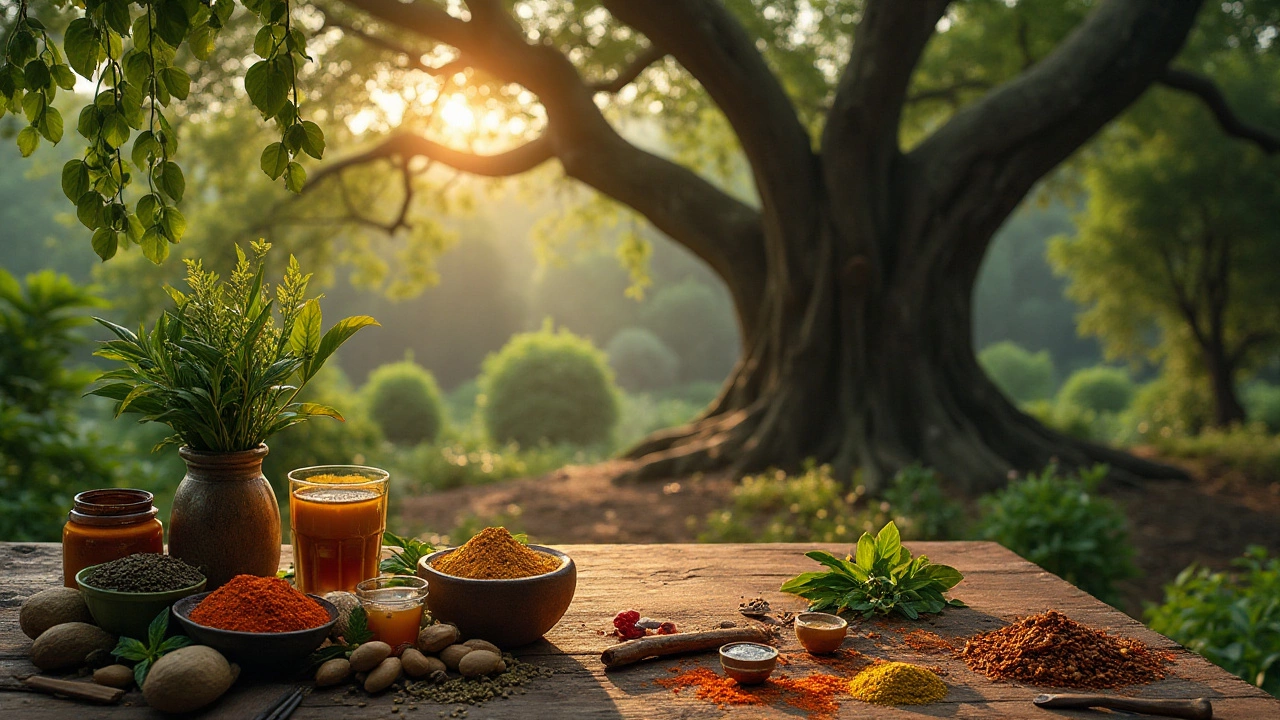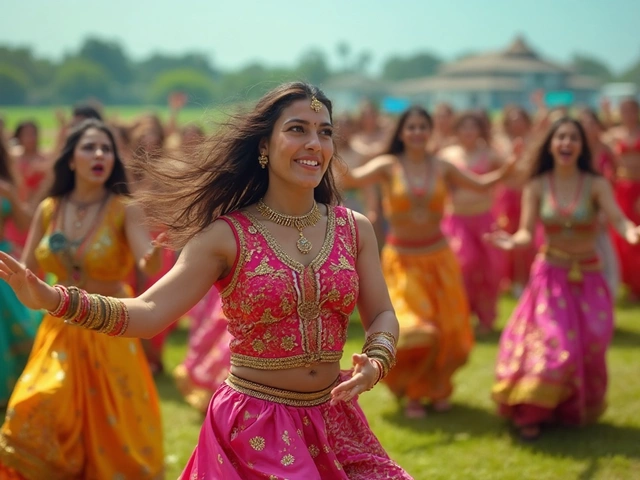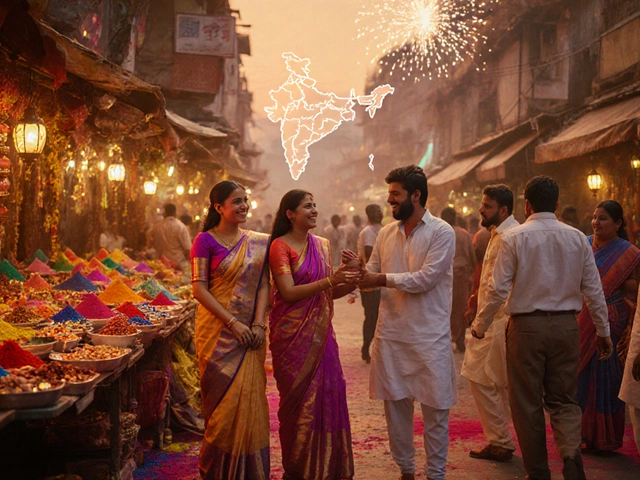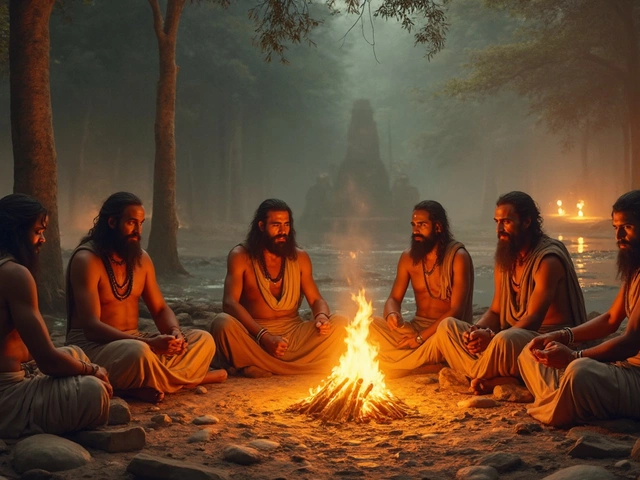Ayurvedic Medicine: Ancient Healing Practices of India
When you hear Ayurvedic medicine, a 5,000-year-old system of holistic health from India that balances body, mind, and spirit through natural remedies. Also known as Ayurveda, it isn’t just about herbs—it’s a full way of living. Unlike modern medicine that often treats symptoms, Ayurveda asks: Why did this happen? What’s out of balance? It looks at your body type—called dosha, the three biological energies (Vata, Pitta, Kapha) that govern physical and mental traits—and matches your diet, sleep, and daily habits to keep you steady. This isn’t theory. Millions in India still start their day with warm water and turmeric, use neem for skin, or chew tulsi leaves for stress, all rooted in Ayurvedic practice.
Ayurvedic medicine doesn’t exist in a vacuum. It’s tied to Indian herbal remedies, natural substances like ashwagandha, turmeric, and triphala that have been used for generations to boost immunity, digestion, and mental clarity. These aren’t trendy supplements—they’re kitchen staples in many Indian homes. You’ll find them in teas, pastes, oils, and even bedtime rituals. And it’s not just about what you take—it’s about when and how. Ayurveda teaches that eating at the right time, fasting occasionally, and even sleeping before 10 p.m. are as important as any herb. It also connects deeply to yoga, a physical and mental discipline that complements Ayurveda by calming the nervous system and improving circulation. You can’t fully understand one without the other. Both come from the same ancient texts, both reject quick fixes, and both ask you to listen to your body.
What you’ll find in these articles isn’t a list of miracle cures. It’s real talk about how Ayurvedic medicine works in daily life—how people in Kerala use coconut oil massages, how families in Rajasthan adjust meals for seasonal shifts, and why some Indian doctors still combine Ayurveda with modern treatment. You’ll see how it handles common issues like insomnia, bloating, or joint pain without pills. And you’ll learn why, despite being ancient, it’s more relevant now than ever—especially when people are tired of side effects and quick fixes. This collection doesn’t push Ayurveda as the only answer. It shows you how it fits into modern India, what actually works, and what’s just noise.





